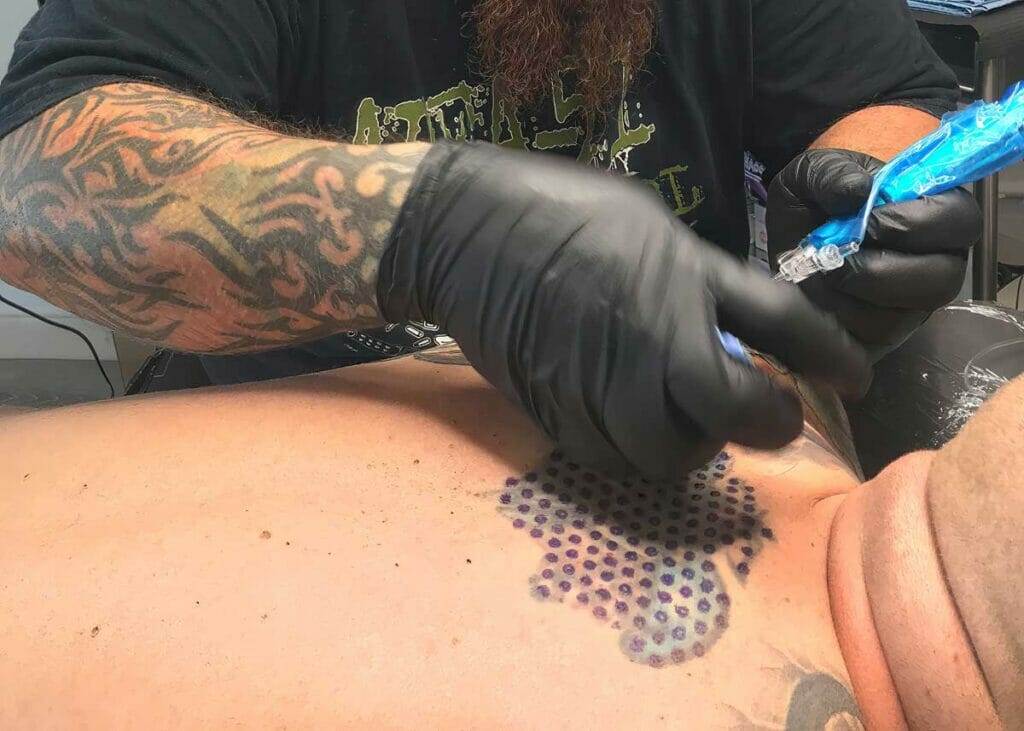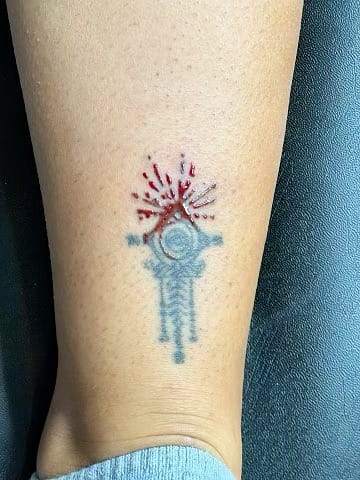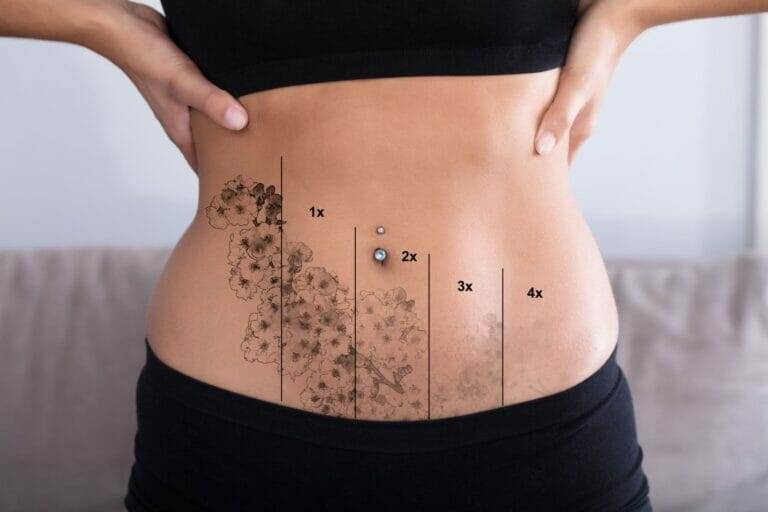The popularity of tattoos has soared in recent years, with more people opting to get inked as a form of self-expression. However, as the tattoo trend continues to rise, so does the demand for tattoo removal services. Laser tattoo removal has been the go-to method for many individuals looking to erase their ink, but it comes with its own set of drawbacks. Non-laser tattoo removal techniques are now gaining traction as a safer and more effective alternative for those seeking to remove unwanted tattoos.
Understanding the Risks and Benefits of Laser Tattoo Removal
Laser tattoo removal works by using high-intensity light to break up ink particles in the skin. While this method is effective in many cases, it can also be painful, expensive, and may not work on all colors or skin types. Additionally, there are risks associated with laser tattoo removal, including scarring, infection, and changes in skin pigmentation. These factors have led many individuals to explore non-laser options for tattoo removal.
Alternative Options: Non-Laser Tattoo Removal Techniques
There are several non-laser tattoo removal techniques available for those looking to remove their tattoos without the use of lasers. Chemical peel, dermabrasion, cryosurgery, salabrasion, and TCA tattoo removal are all viable options that offer their own set of benefits and risks. Depending on the size, color, and depth of the tattoo, one method may be more effective than another.
Chemical Peel: A Safe and Effective Way to Remove Tattoos
Chemical peels involve using acid to remove the top layer of skin and fade tattoos over time. This method is considered safe and effective for smaller tattoos and can typically be done in-office by a trained professional. Chemical peels are a popular choice for those looking to remove tattoos without the use of lasers.
Dermabrasion: A Non-Laser Tattoo Removal Technique for Deep Ink
Dermabrasion is another non-laser tattoo removal technique that involves using a rotating brush to remove layers of skin and fade tattoos. This method is particularly effective for deep ink that may not respond well to other removal techniques. While dermabrasion can be done in-office, multiple sessions may be required to achieve desired results.

Cryosurgery: A Quick and Painless Tattoo Removal Technique
Cryosurgery is a non-laser tattoo removal technique that uses extreme cold to freeze and remove the top layer of skin where the tattoo is located. This method is known for being quick and relatively painless compared to other removal techniques. However, cryosurgery may not be as effective on all types of tattoos and may require multiple sessions for complete removal.
Salabrasion: An Ancient Tattoo Removal Technique Making a Comeback
Salabrasion is an ancient tattoo removal technique that involves using salt and water to remove the top layer of skin where the tattoo is located. This method has gained popularity in recent years due to its effectiveness and low cost compared to other removal techniques. While salabrasion may be more abrasive than other methods, it can be an effective option for those looking to fade their tattoos.
TCA Tattoo Removal: A Promising Non-Laser Technique for Fading Tattoos
TCA (trichloroacetic acid) tattoo removal is a non-laser technique that uses acid to fade tattoos over time. This method shows promise in gradually lightening tattoos without the use of lasers. However, TCA tattoo removal may require multiple sessions and can cause skin irritation in some individuals.
Natural Tattoo Removal Techniques: Are They Safe and Effective?
Natural tattoo removal techniques such as lemon juice, aloe vera, and sandalwood oil are often promoted as safe and effective alternatives to laser removal methods. While these natural remedies may work for some individuals, there is limited scientific evidence to support their effectiveness in removing tattoos. Additionally, natural methods may cause skin irritation or allergic reactions in some cases.
Combining Non-Laser Tattoo Removal Techniques for Best Results
For individuals with stubborn or complex tattoos, combining different non-laser removal techniques may yield the best results. A dermatologist can assess the size, color, and location of the tattoo to recommend the most effective combination of methods for optimal results. By combining techniques such as chemical peels, dermabrasion, or cryosurgery, individuals can achieve successful tattoo removal without the use of lasers.

Making the Right Choice for Your Skin and Tattoo Removal Goals
Non-laser tattoo removal techniques offer a safer and more versatile alternative to traditional laser methods. Each non-laser technique comes with its own set of benefits and risks, making it crucial for individuals to choose the right method based on their skin type and tattoo removal goals. Consulting with a dermatologist who specializes in tattoo removal can help individuals make an informed decision about which non-laser technique is best suited for their unique needs. By exploring non-laser options for tattoo removal, individuals can effectively erase unwanted ink while prioritizing the health and appearance of their skin.








